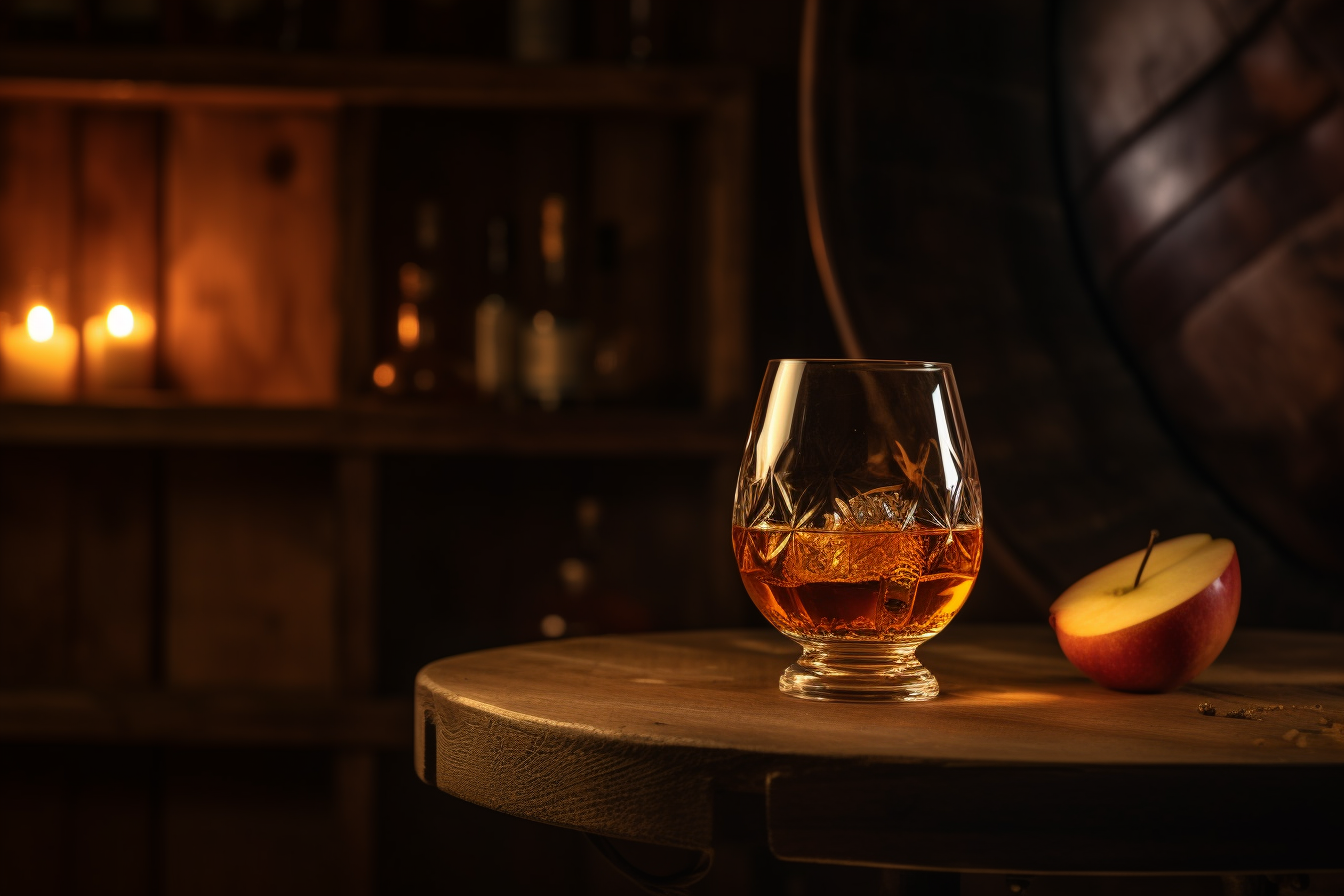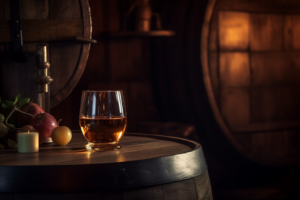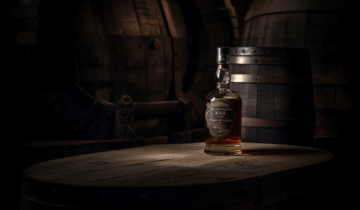Apple Brandy Ingredients
Before diving into the apple brandy-making process, let’s first gather the necessary ingredients. To create a delicious and unique apple brandy, you will need the following:
- Fresh apples or apple juice: Select high-quality apples or apple juice, preferably organic and free of preservatives or additives. The apples should be ripe and full of flavor, as their natural sugars and characteristics will directly impact the final product.
- Sugar: Depending on your apples’ sweetness and your desired alcohol content, you may need to add sugar to your apple juice or mashed apples.
- Water: Ensure you have access to clean, filtered water for diluting the apple juice or mashing the apples.
- Yeast: Choose a high-quality distiller’s yeast or wine yeast, as this will play a critical role in the fermentation process.
Apple Brandy Recipe
With your ingredients prepared, it’s time to start the process of making your homemade apple brandy. Follow these steps for a successful batch:
- Preparing the Apple Mash: If using fresh apples, wash, core, and chop them before mashing or blending them into a pulp. You may also press the apples to extract the juice. If using store-bought apple juice, ensure it is free of preservatives and additives.
- Adjusting the Sugar Content: Measure the sugar content of your apple juice or mash using a hydrometer. Add sugar, if necessary, to achieve the desired starting gravity (typically around 1.060-1.070). This will ensure an optimal alcohol content in the final product.
- Preparing the Fermentation Vessel: Clean and sanitize your fermentation vessel thoroughly, as well as any equipment that will come into contact with the apple juice or mash.
- Starting the Fermentation Process: Pour the apple juice or mash into the fermentation vessel, add water if necessary to reach the desired volume, and mix well. Once the mixture has cooled to around 70-75°F (21-24°C), pitch the yeast according to the manufacturer’s instructions. Seal the fermentation vessel with an airlock to prevent contamination.
- Monitoring the Fermentation: Keep the fermentation vessel in a cool, dark place with a consistent temperature, ideally around 68-72°F (20-22°C). Fermentation should take approximately 1-2 weeks, depending on the yeast strain and fermentation conditions. Monitor the fermentation progress using a hydrometer, and once the specific gravity stabilizes, the fermentation is complete.
- Distilling the Fermented Apple Mash: Transfer the fermented apple mash to your still, following the manufacturer’s instructions for proper setup and operation. Heat the still gradually, collecting the distillate in a separate container. Be sure to discard the foreshots (the first 5% of the distillate) as they contain harmful compounds.
- Making the Cuts: As you collect the distillate, monitor the temperature and alcohol content. Separate the heads, hearts, and tails based on their distinct characteristics. The hearts contain the highest quality, most desirable flavors and should be reserved for aging.
Additional Tips
- Be patient: Remember that making quality apple brandy takes time, both during the fermentation and aging processes. Don’t rush; let the natural processes unfold at their own pace.
- Experiment with different apple varieties: Each apple variety will contribute unique flavors and characteristics to your brandy. Feel free to mix and match, or create single-varietal brandies to explore the different nuances.
- Age your brandy in oak barrels: Aging in oak barrels adds depth and complexity to your apple brandy. Experiment with different toast levels, sizes, and aging durations to discover your preferred flavor profile.
Blending and Diluting Your Apple Brandy
- Blending: After making the cuts, blend the collected hearts to achieve a consistent flavor profile. Be mindful of the balance between the different distillate portions, as this will determine the overall taste and quality of your apple brandy.
- Diluting: At this stage, your apple brandy may have a higher alcohol content than desired. Dilute the blend with clean, filtered water to reach your target ABV (alcohol by volume). Most brandies are typically diluted to around 40-45% ABV, but you can adjust this to your preference.
Aging Your Apple Brandy
- Selecting Your Oak Barrel: Choosing the right oak barrel for aging your apple brandy is essential for achieving the desired flavor profile. Barrels made of American or French oak impart different flavors and aromas, and the level of char or toast will also influence the brandy’s characteristics.
- Filling the Barrel: Carefully fill the oak barrel with your blended and diluted apple brandy, ensuring the barrel is properly sealed to prevent leaks or evaporation.
- Monitoring the Aging Process: Store the filled barrel in a cool, dark, and temperature-controlled environment. The aging process can take anywhere from a few months to several years, depending on your desired flavor profile and the barrel’s size. Periodically sample the brandy to monitor its development and determine when it has reached its optimal taste.
- Bottling Your Apple Brandy: Once your apple brandy has aged to your satisfaction, carefully transfer it to clean, sanitized bottles for storage and consumption. Be sure to label each bottle with pertinent information, such as the apple varieties used, the aging duration, and any other relevant details.
Conclusion
Creating a homemade apple brandy can be a rewarding and satisfying endeavor for both beginners and experienced distillers. By carefully selecting your ingredients, following a detailed recipe, and exercising patience throughout the fermentation, distillation, and aging processes, you can craft a unique and delicious apple brandy to enjoy and share with others. As you gain experience, feel free to experiment with different apple varieties, aging techniques, and blending strategies to further refine and personalize your apple brandy creations. Cheers to your distilling journey!








